
Mechanical Design
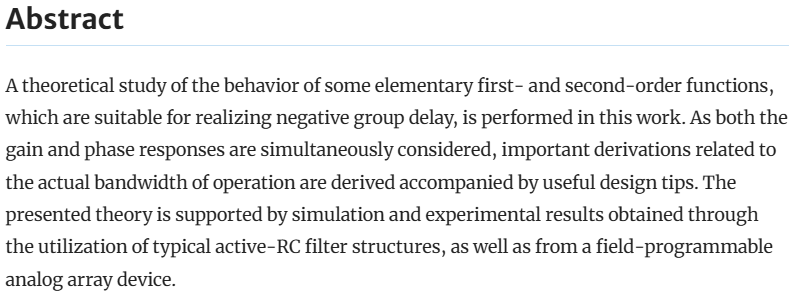
Elementary Negative Group Delay Filter Functions
A theoretical study of the behavior of some elementary first- and second-order functions, which are suitable for realizing negative group delay, is performed in this work. As both the gain and phase responses are simultaneously considered, important derivations related to the actual bandwidth of operation are derived accompanied by useful design tips. The presented theory is supported by simulation and experimental results obtained through the utilization of typical active-RC filter structures, as well as from a field-programmable analog array device. © The Author(s) 2024.
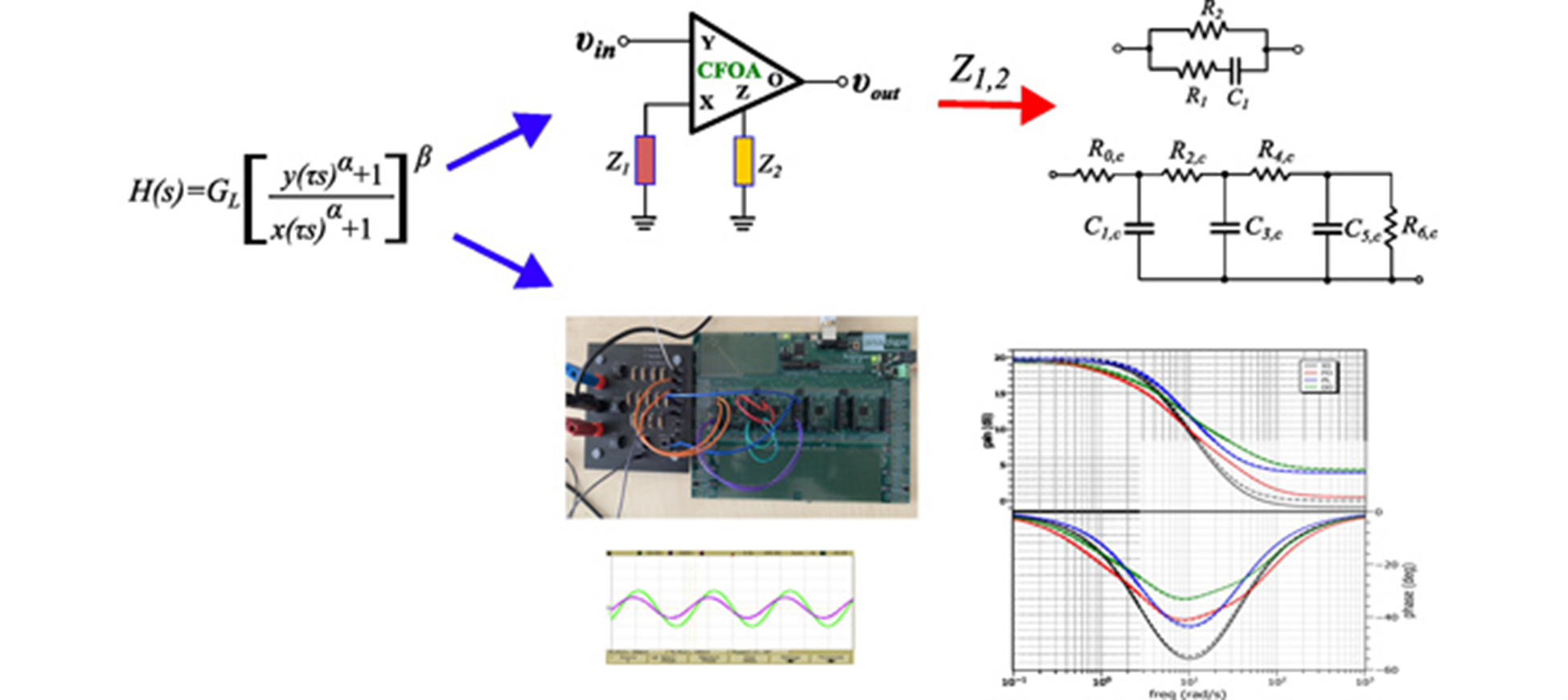
Bilinear Double-Order Filter Designs and Application Examples
A novel kind of non-integer order bilinear filters, named double-order bilinear filters, is introduced in this work. They are based on the employment of two non-integer orders, offering the maximum design flexibility in comparison with their fractional-order and power-law counterparts. An attractive offered benefit is that this is achieved without increasing the circuit complexity, since the proposed structure is capable of realizing all non-integer kinds of filters. Two design examples are provided, where it is shown that lead/lag compensators utilized in control applications and low/high
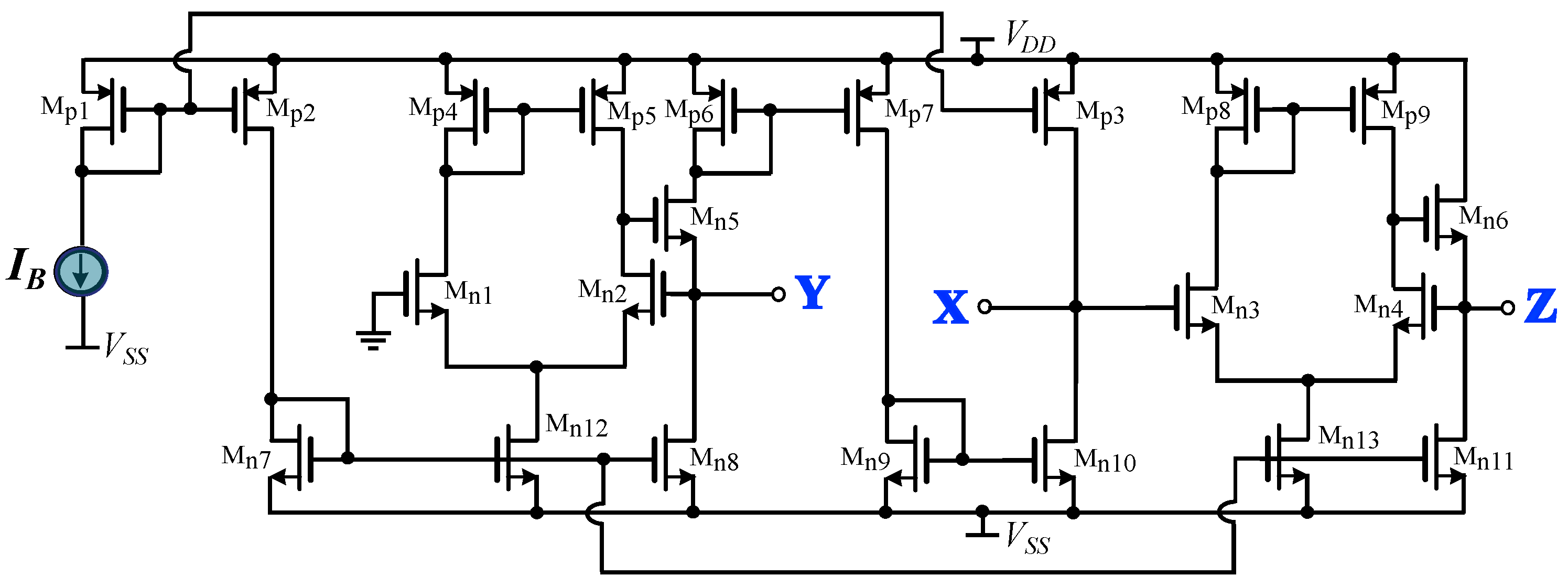
Minimum Active Component Count Design of a PIλDμ Controller and Its Application in a Cardiac Pacemaker System †
A generalized structure for implementing fractional-order controllers is introduced in this paper. This is achieved thanks to the consideration of the controller transfer function as a ratio of integer and non-integer impedances. The non-integer order impedance is implemented using RC networks, such as the Foster and Cauer networks. The main offered benefit, with regards to the corresponding convectional implementations, is the reduced active and, also, passive component count. To demonstrate the versatility of the proposed concept, a controller suitable for implementing a cardiac pacemaker
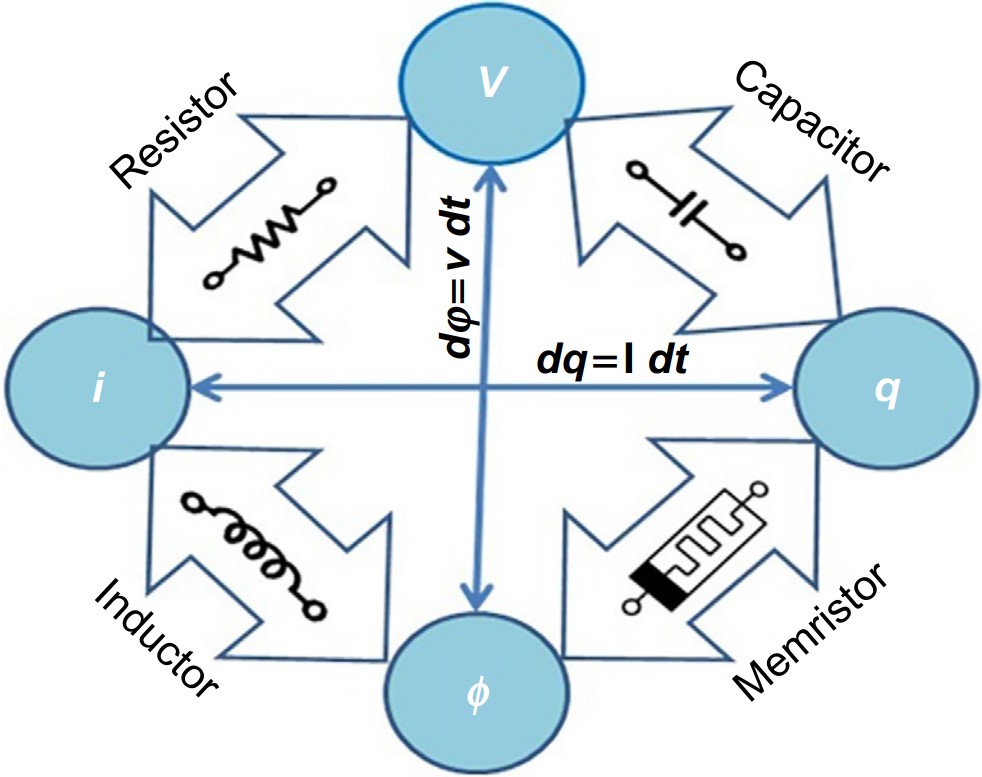
Memristive Fractional-Order Nonlinear Model for Circuit Design
The main objective of this chapter is to bring together studies addressing the current research and history of memristive device evolution available in the literature. The chapter highlights the methodologies and frameworks relevant to the development of nonlinear memristor models suitable for future nanoscale circuit design. An elaborate study of memristor device physics, structure, operation, mathematical modeling, and TCAD simulations is carried out for better understanding of nonlinear models of memristive devices. The memristive device features and content related to memristor nonlinear
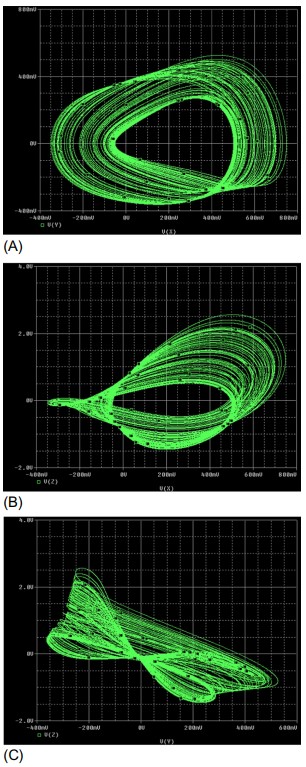
Dynamics, Circuit Design, Synchronization, and Fractional-Order Form of a No-Equilibrium Chaotic System
Systems without equilibrium such as electromechanical models with rotation and electrical circuits with cylindrical phase space were studied a long time ago. However, chaotic systems without equilibrium have received significant attention recently after the introduction of hidden attractors. Interestingly, an attractor of a no-equilibrium system is hidden because its basin of attraction does not intersect with any neighborhood of an unstable fixed point. This chapter presents a 3D no-equilibrium system with hidden chaotic attractors. The fundamental qualitative properties of the proposed no

A collection of interdisciplinary applications of fractional-order circuits
An attractive feature of fractional calculus is its application in various interdisciplinary fields, extending from biomedical and biological notions to mechanical properties. For their description, fractional-order models have outperformed the corresponding integer-order models, resulting in a more realistic behavior, due to the additional degrees of freedom offered and the long-term memory effect that reflects the fractional order. These improved features are processed by appropriate circuit implementations, derived through several approximation methods, whose primary objective is to provide
Rapidity distribution within Landau hydrodynamical model and EPOS event-generator at AGS, SPS, and RHIC energies
The rapidity distribution of well-identified particles such as pions, kaons, protons and their antiparticles measured in AGS, SPS, and BRAHMS experiments (Au+Au collisions), at various energies spanning from higher energies sNN = 200 down to lower energies 2 GeV, are compared with that obtained from huge statistical ensembles of 100, 000 events generated from the Cosmic Ray Monte Carlo (CRMC) EPOS event-generator. All these data are then compared to the results calculated in the frame work of Landau hydrodynamical model. The EPOS event-generator can describe the experimental data of the
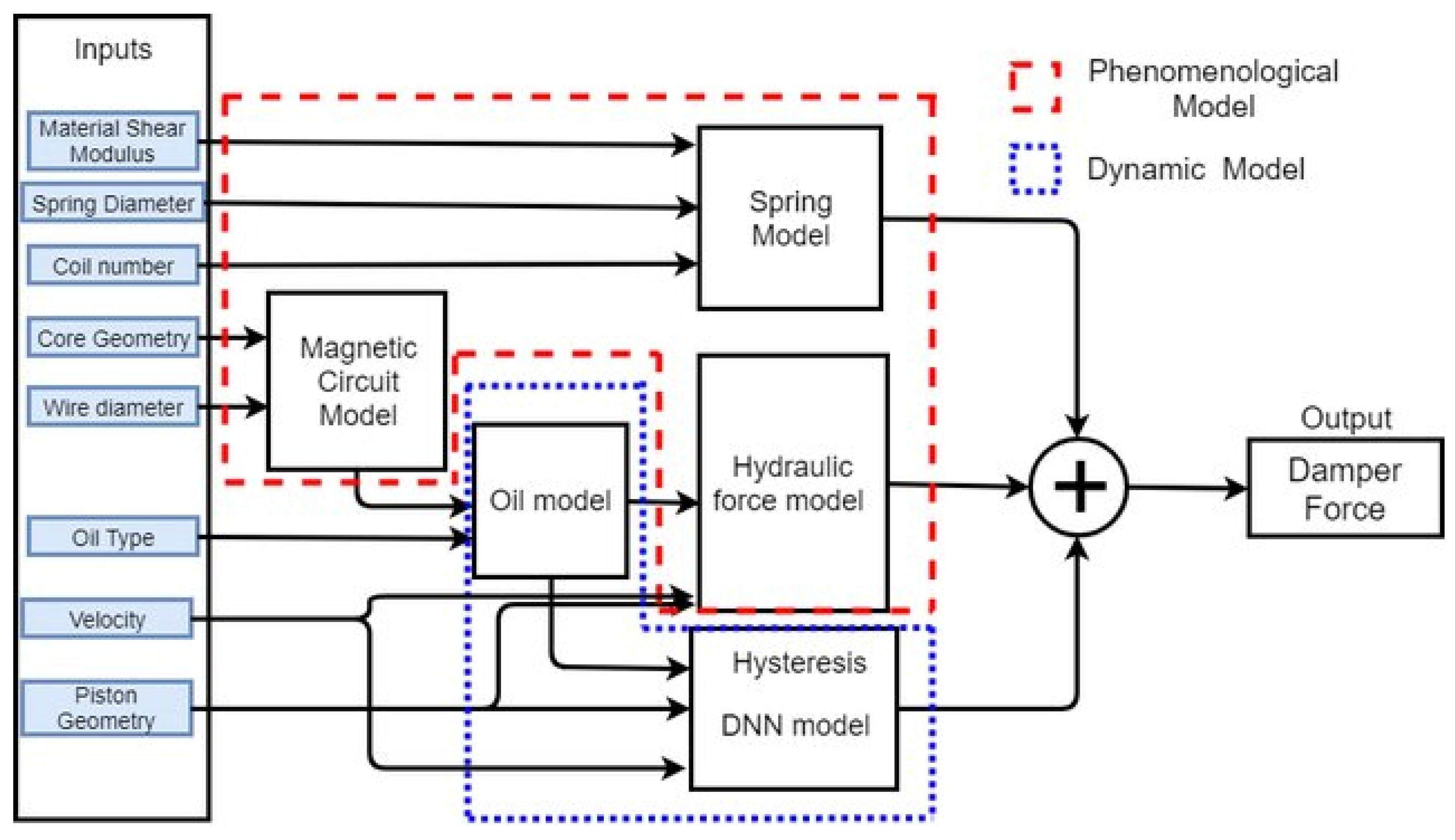
Adjustment of Tall Building Behavior by Guided Optimization of Magneto-Rheological Damper Control Parameters
Magneto-rheological dampers (MR-Dampers) are increasingly being used in construction applications to reduce the dynamic response of structures to seismic activities or severe wind loading. Sensors attached to the structure will signal the computer to supply the dampers with an electric charge that transfers the MR fluid to a near-solid material with different physical and mechanical properties (viscoelastic behavior). Control algorithms govern the fluid to near-solid conversion, which controls the behavior of the damper and the performance of the structure under the seismic or wind loading
Incorporation of perlite and recycled aggregates for internal concrete curing
Adequate curing of concrete is a fundamental step in concrete manufacturing to meet performance and durability requirements. Internal curing is a technique that can provide water to concrete for extended durations towards thorough hydration of the cement and reduced cracking. This work addresses potential use of two substitutes of ordinary aggregates for internal curing. Perlite as well as recycled concrete aggregates were incorporated at three dosages each to replace the coarse aggregates. Sets of concrete mixtures were prepared as fully cured in three different techniques: water, applying a
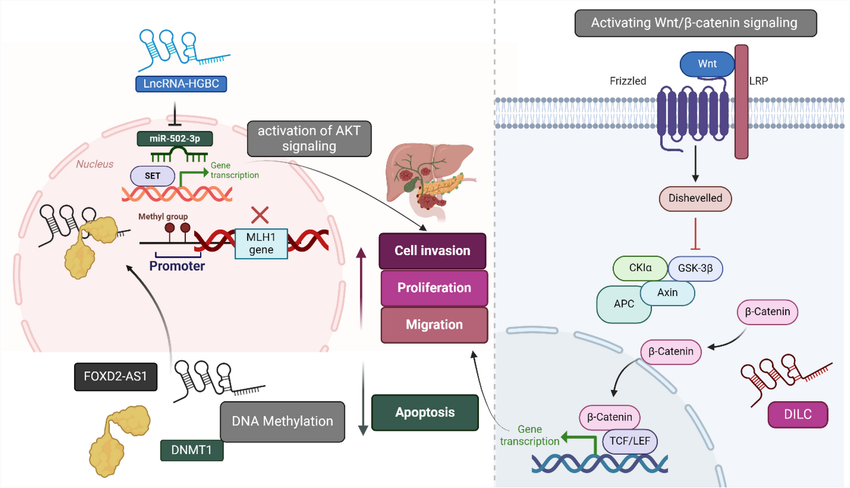
Natural products and long noncoding RNA signatures in gallbladder cancer: a review focuses on pathogenesis, diagnosis, and drug resistance
Gallbladder cancer (GBC) is an aggressive and lethal malignancy with a poor prognosis. Long noncoding RNAs (lncRNAs) and natural products have emerged as key orchestrators of cancer pathogenesis through widespread dysregulation across GBC transcriptomes. Functional studies have revealed that lncRNAs interact with oncoproteins and tumor suppressors to control proliferation, invasion, metastasis, angiogenesis, stemness, and drug resistance. Curcumin, baicalein, oleanolic acid, shikonin, oxymatrine, arctigenin, liensinine, fangchinoline, and dioscin are a few examples of natural compounds that